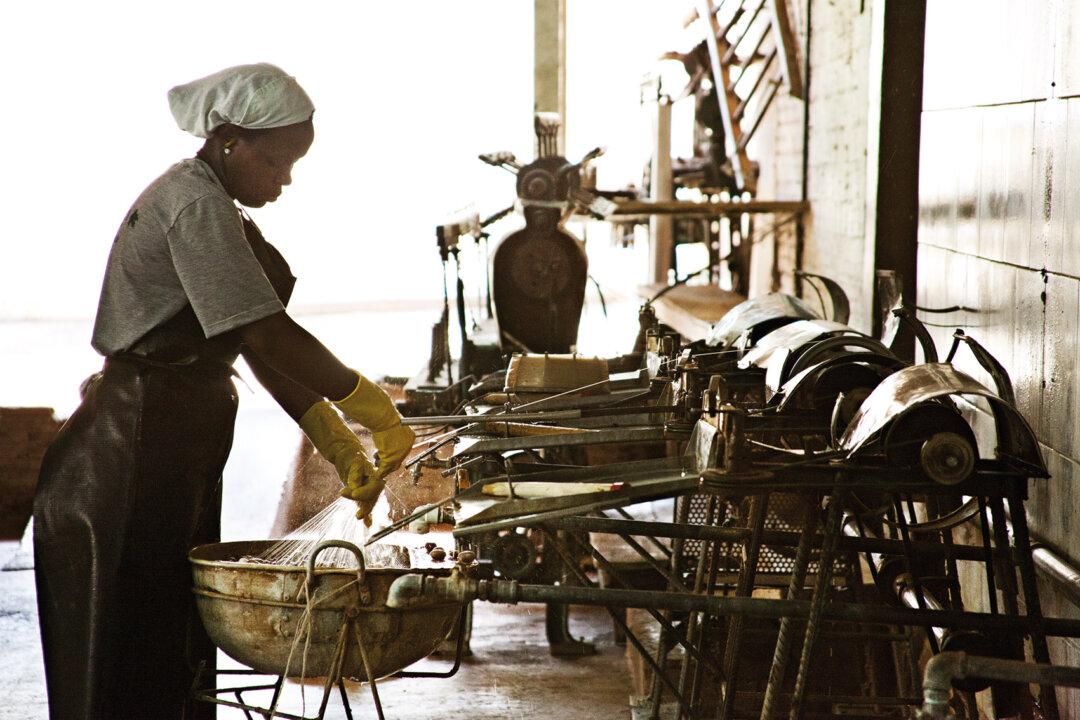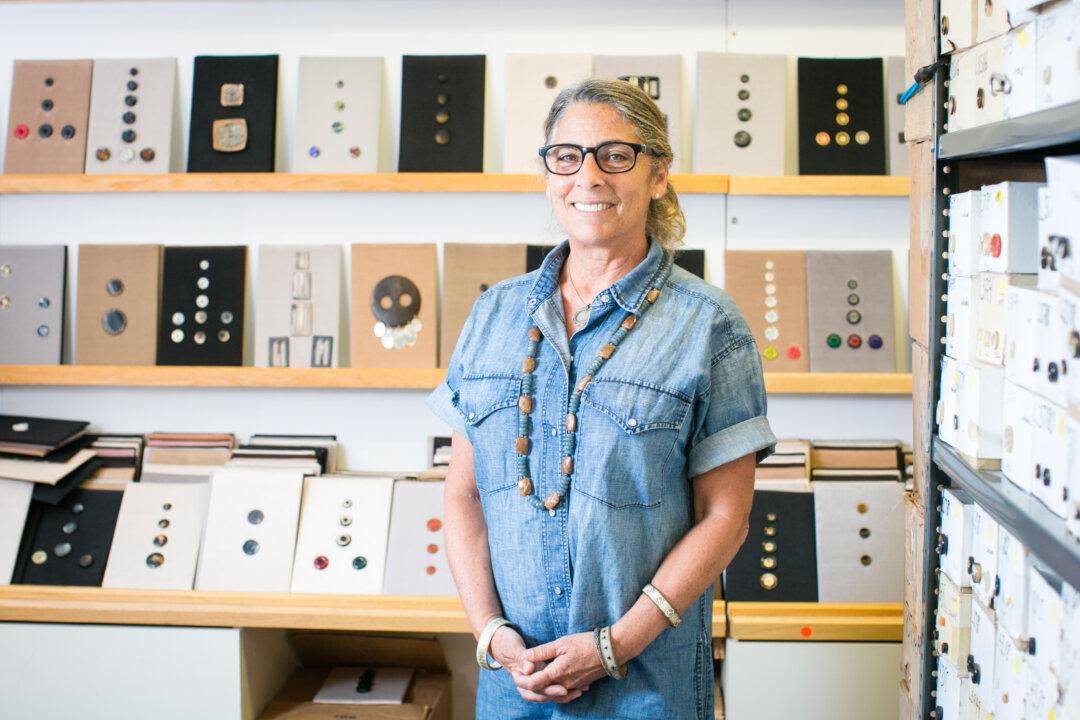Traditionally, we simply called what we wore, clothes, garments, vestments, and then, at some point fashion was born.
Trends change at an ever-increasing pace until we arrive at a point where, by the time a trend appears, it’s almost obsolete. The viral dissemination of fashion images on social media are making trends visually ubiquitous and therefore nearly obsolete by the time they hit the stores materialized as garments. Wearing such creations has become an exercise in precise timing even for those who simply want to wear well-made clothes.
Where do we, as a civilization, go from here?
The planet and some people who are listening to its needs are telling us to stop and reconsider our choices.
Simone Cipriani, the founder of the Ethical Fashion Initiative (EFI) has undertaken the task of implementing more responsible and sustainable practices in the fashion industry.




